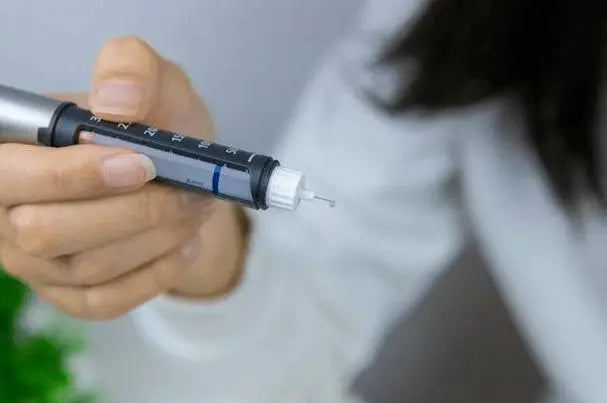Super detailed insulin injection guide, have you done it right, diabetes friends?
Insulin was first discovered in 1921 by Canadians F.G. Banting and C.H. Best. It began to be used clinically in 1922 to save diabetic patients who had been incurable in the past. Today, insulin has been widely accepted and is known as one of the important means of treating diabetes.
For diabetics who receive insulin treatment for a long time, daily injection of insulin is an essential part. Improper insulin injection can easily lead to pain, bruising, bleeding, infection, etc. at the injection site. In order to help diabetics control blood sugar more effectively, today, let’s learn some key points and steps for standardized insulin injection.
Injection site selection
The injection site should be selected with abundant subcutaneous fat.
Daily injections of hypoglycemic drugs are mainly concentrated in four areas, including the abdomen, back of the upper arm, outer thighs and buttocks. Among them, the abdomen is the longest site to choose and the site where insulin is absorbed fastest.
When injecting different insulins, the priority injection sites are slightly different:
For short-acting insulin or intermediate-acting mixed insulin, the preferred injection site is the abdomen.
The most suitable site for mid- to long-acting insulin, such as those injected before bed, is the buttocks or thighs.
Choose the right needle
Human skin tissue is divided into three layers. From the surface to the inside, it is divided into the epidermis and dermis, the subcutaneous tissue layer and the muscle layer. The epidermis and dermis are what we often call skin. Insulin is best absorbed when injected into the subcutaneous tissue layer.
When the injection needle is too short, it is easy to inject insulin into the epidermis and dermis (that is, the skin layer, with a thickness of 1.9-2.4mm), and the insulin cannot be absorbed. Moreover, patients will feel pain from the injection because of the large nerve distribution;
When the injection needle is too long, it is easy to inject insulin into the muscle tissue. Because the insulin is absorbed too quickly, hypoglycemia or other injection complications may occur.
The 4mm needle is currently the safest choice. Most patients do not need to pinch the skin, which can reduce the risk of intramuscular injection.
Correct injection site rotation
Insulin is a growth factor and has an anabolic effect. Repeated injections at the same site will cause subcutaneous fat hyperplasia and induration at the site, resulting in a decrease in the drug absorption rate and a prolonged absorption time, which in turn will lead to blood sugar fluctuations.
Injection site rotation
• Divide the injection site into four equal areas, or two equal areas for thighs or abdomen • Inject different areas every week, then rotate clockwise
Area rotation within the same injection site
• When it is the turn of this injection site again, select a different area within this site for injection • The selected area should be at least 1cm away from the last injection point
Avoid reusing needles
The reasons why most people reuse needles include:
Think carrying needles around is a burden
Unwilling to carry a dedicated sharps container
Don’t think it’s worth using a new needle for each injection
It was discovered that injecting drugs with used needles does not cause serious injection pain as long as they are not reused too many times.
Consider it a waste of resources to throw away needles after each injection
In fact, reusing needles affects treatment more than you think, adding more to the cost of treatment.
Follow the 9 steps of insulin injection instructions
Correct insulin injection method can minimize the discomfort during injection and maximize the therapeutic effect of insulin.
Have you mastered all the above insulin injection techniques? Only standardized injection of insulin can better control blood sugar!

